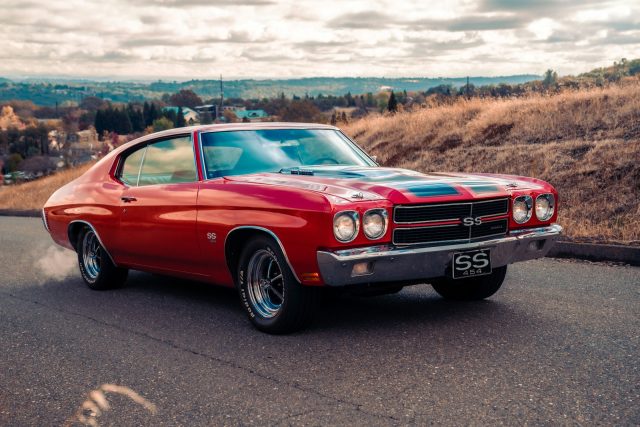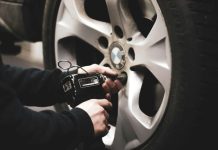
Owning a classic car is more than just a hobby—it’s a lifestyle. For many enthusiasts, maintaining a vintage Fiat or Alfa Romeo is about preserving a piece of motoring history. However, the charm of classic cars comes with the responsibility of meticulous care. Unlike modern vehicles, older models require specific maintenance routines, a deep understanding of their engineering, and, often, a touch of nostalgia-fuelled dedication.
In this guide, we explore the essential practices for keeping a classic car in prime condition, ensuring it runs as smoothly today as it did when it first left the showroom.
Stick to a Consistent Maintenance Routine
A consistent maintenance schedule is vital. Classic cars typically lack the sophisticated onboard diagnostics of newer models, so preventive maintenance plays a pivotal role.
- Oil changes: Older engines can be more sensitive to contaminants. Use high-zinc content oil specifically designed for classic engines and change it every 3,000 miles or at least once a year.
- Coolant systems: Check for leaks and ensure the radiator and hoses are in good condition. Regularly flush the system to prevent corrosion and maintain thermal efficiency.
- Brake systems: Classic vehicles often have drum brakes or older hydraulic systems. These require regular inspection to avoid failure due to fluid degradation or seal wear.
Keeping detailed logs of all services performed can also help identify patterns in wear and tear, which may indicate deeper mechanical issues.
Keep the Ignition and Electrical Systems in Check
Electrical systems in classic cars can be temperamental due to ageing wiring and outdated components. Points, condensers, and distributors must be checked regularly.
- Inspect battery terminals for corrosion and ensure the battery is held securely. Given that a dead battery is one of the most common electrical problems in cars, keeping it well-maintained is essential, especially in classics that may go unused for extended periods.
- Upgrade to a modern alternator if reliability is an issue, but keep original parts for authenticity.
- Replace spark plugs and check the timing periodically to maintain engine performance.
A failure in the ignition system is one of the most common causes of classic car breakdowns, so a proactive approach is critical.
Store Your Classic Car the Right Way
Where and how a classic car is stored can drastically affect its condition. Exposure to moisture, dust, and UV light accelerates deterioration.
- Store indoors in a climate-controlled garage to mitigate rust and interior fading.
- Use a breathable car cover that repels moisture but allows condensation to escape.
- Consider placing the car on tyre cushions or jack stands during long periods of inactivity to avoid flat spots and suspension stress.
Furthermore, regular short drives—even during the off-season—help lubricate seals, circulate fluids, and keep systems operational.
Use Trusted Experts and Source Authentic Parts
A crucial part of keeping a classic car running like new is using the correct, high-quality parts. Relying on poor reproductions or ill-fitting components can lead to avoidable issues and undermine the car’s performance and integrity.
When specialist input is needed, particularly for vintage or marque-specific models, it helps to turn to those with focused expertise. For instance, Automoda Alfa Romeo Specialists are among the resources some owners consult for guidance related to Italian classics. Having access to specialists who understand the unique requirements of your vehicle can make all the difference in maintaining its originality, reliability, and value.
Don’t Overlook the Interior and Exterior Care
Cosmetic preservation is as important as mechanical upkeep, especially for collectors.
- Clean leather seats with proper pH-balanced products, and treat them regularly with a conditioner to prevent cracking.
- Use UV protectants on the dashboard and trim to prevent sun damage.
- Wax the exterior every few months, and polish chrome components to avoid pitting or oxidation.
For rust prevention, inspect wheel arches, sills, and undercarriage areas where moisture can accumulate. Using a rust-inhibitor treatment or applying a protective underseal can prolong the integrity of the bodywork.
Drive It Thoughtfully and With Care
How you drive a classic car directly affects its lifespan. These vehicles weren’t built for the stop-start demands of modern traffic.
- Allow the engine to warm up gradually before pushing RPMs.
- Avoid over-revving, especially when the car is cold.
- Use premium fuel where applicable to prevent engine knocking and preserve valve health.
Driving a classic car should be a mindful experience, respecting its limitations while appreciating the visceral joy it provides.
Preserve the Look That Turns Heads
Classic cars are more than transport—they’re mechanical time capsules deserving of dedication and respect. With proper maintenance, thoughtful upgrades, and the guidance of marque-specific experts, your Fiat or Alfa Romeo can continue to turn heads and deliver spirited drives for decades to come.










